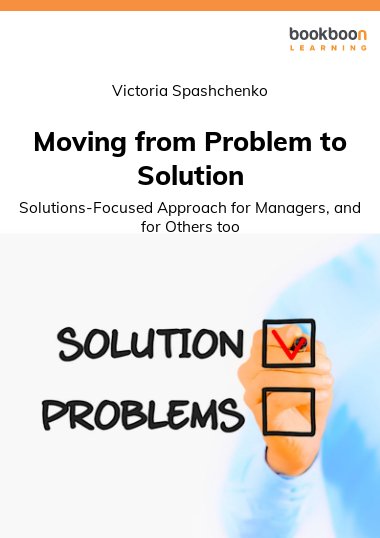When faced with a problem many people and organizations normally hope to solve them by answering the questions "What's wrong?", "Why?" and “How can we fix it?". There are situations when those questions are useful but, in most cases, detailing a problem is a waste of time and energy and with no guarantee of arriving at a solution. This guide offers some insights into the Solution-Focused Approach, including the comparison between Problem Talk and Solution Talk, examples of how the Solution-Focused Approach can be helpful in office life and beyond, exercises, and a workbook for daily practice.
About the Author
Victoria Spashchenko has blended her vast experience as a manager, coach and facilitator, cross-cultural expert, and Solution-Focused practitionerwith focuses on:
- Preferred changes in a solution-focused way
- Management & communications of multicultural and cross-cultural teams.


